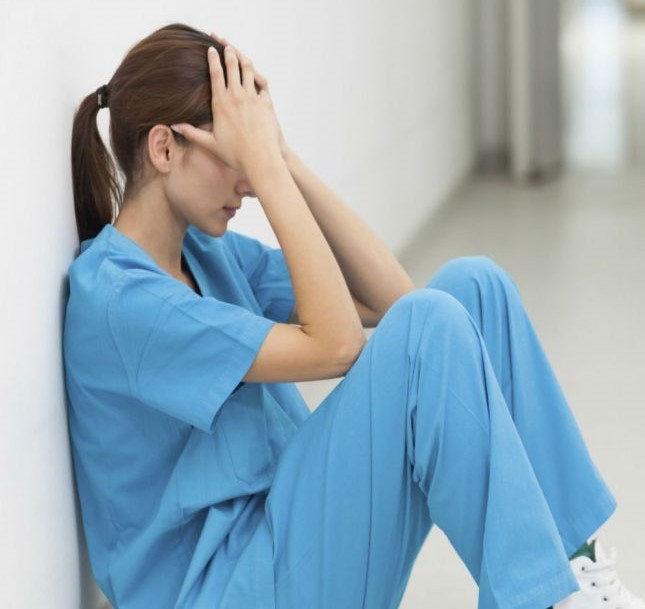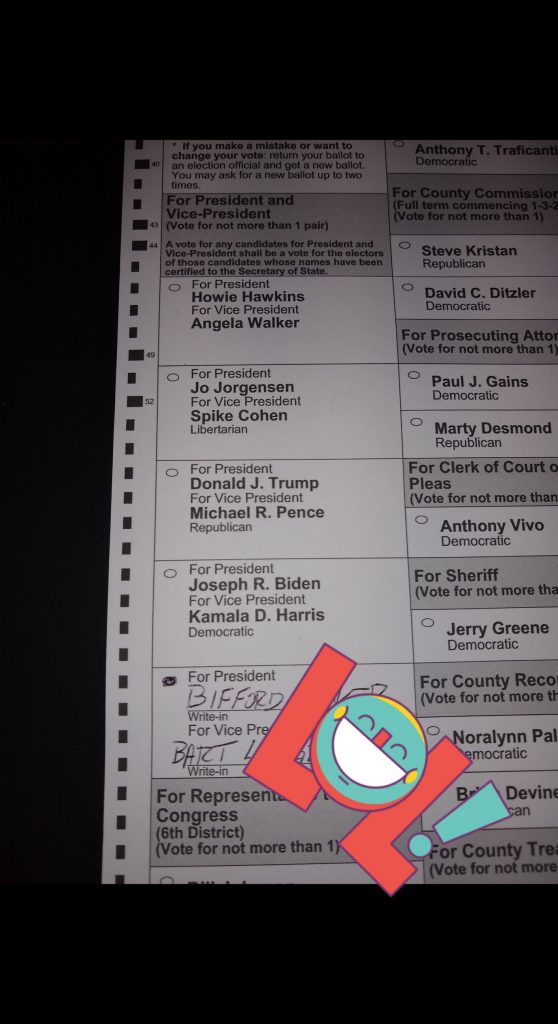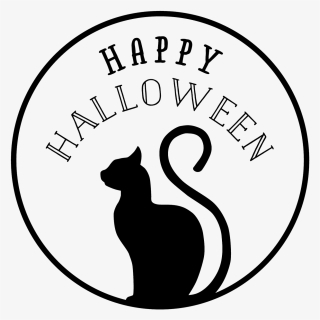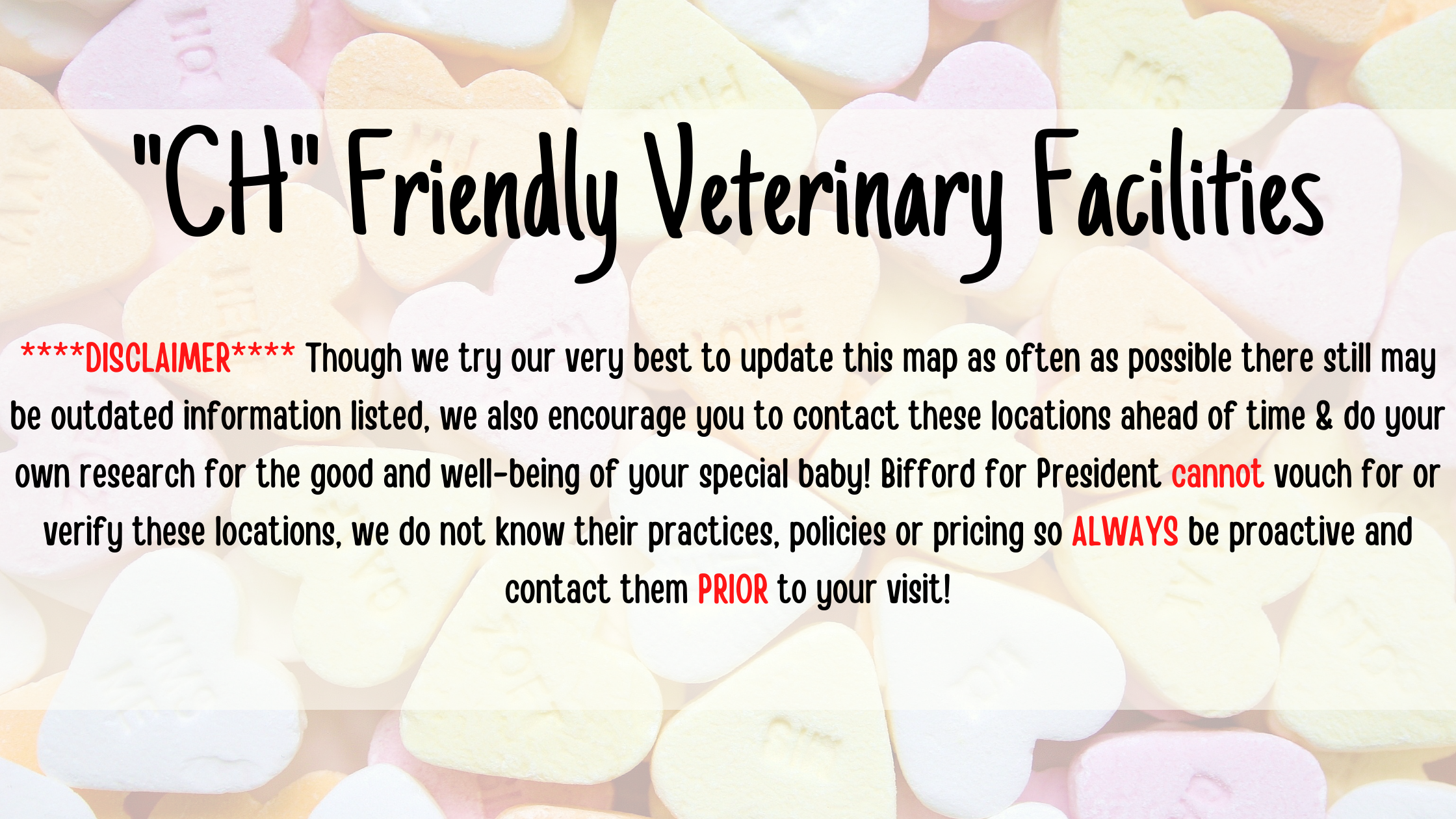Bifford’s “Dental” Adventure!
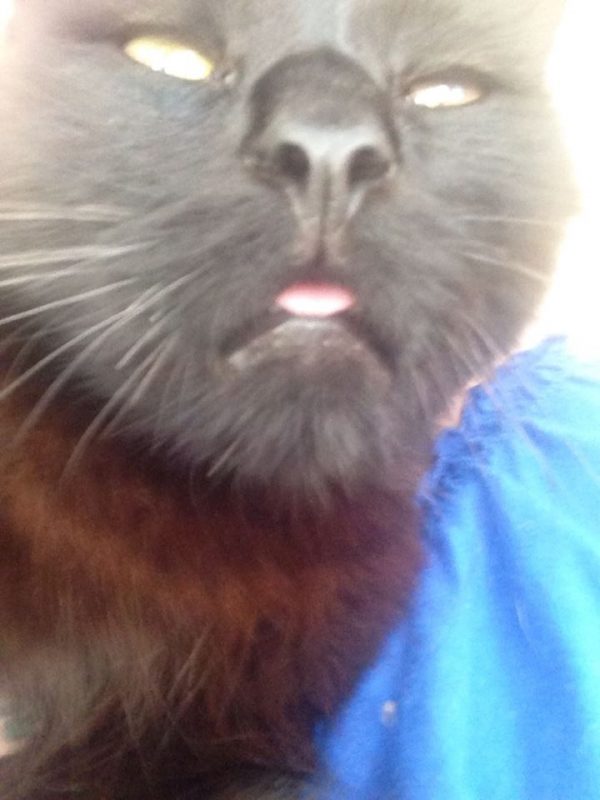
Many of you have asked about Bifford’s dental procedure journey and echoed that many of you share the same questions and concerns for your own special babies that I had with Bifford! Let me assure you that by asking the right questions, having a veterinarian/veterinary staff that you know and trust as well as an understanding of what exactly is involved in these types of procedures (this could be a mass removal, spay/neuter or in Bifford’s case a dental procedure!).
Here I wanted to outline his dental procedure endeavor as well as post Bifford’s ACTUAL dental chart as well as anesthesia chart that was custom tailored specifically to Bifford, his age/special ability as well as what his most recent bloodwork results rendered.
ABOVE: The radiographs charting Bifford’s dental disease/issues thus resulting in the removal of all of his teeth.
Did YOU know that feline dental disease is the most common, affecting an estimated 85% of cats over the age of six!
Layers of plaque collect and harden on the tooth surface and bacterial poisons and enzymes from the plaque eventually prompt an inflammatory response in the gums (or gingiva) that if left untreated, leads to SEVERE gum inflammation (gingivitis). In cats, advanced periodontal disease can quickly progress to an end-stage condition for which extraction is the ONLY reasonable treatment option.
Signs/Symptoms of dental disease/pain in felines:
- Bad Breath (Halitosis)
- Red/Swollen Gums
- Pawing Mouth (or rubbing their faces excessively on strange surfaces)
- Refusal to eat hard food (kibble) or loss of appetite — if you notice your cat avoiding their dry food, chewing on only one side of their mouths, dropping food from their mouths while eating, or vomiting unchewed food you may be seeing signs of a cat in dental discomfort. *
- Drooling
- Chattering — this occurs when the jaw shakes or quivers. It is most commonly seen in cats who have resorptive lesions on their teeth (this extremely painful condition causes cavity-like holes in the teeth, eats teeth away or turns tooth roots into bone — all EXTREMELY painful conditions!) Feline chattering is NEVER normal and always indicates that something hurts in your cats mouth!
- Excessive Yawning or Teeth Grinding (Bruxism)
- Head Shaking/Head Tilt *
- Decrease in Self Grooming *
- Pulling Away or Meowing When Touched Near The Mouth
- Changes in Normal Behavior *
- * Though these behaviors can be signs/symptoms of dental pain it can also be indicative of other health issues/complications so it is strongly recommended upon discovering your cat doing these signs to contact your veterinarian immediately for a diagnostic work-up to help determine the problem. Also note that “CH” pets can also normally exhibit head shaking/tilting, dropping food from their mouths etc., simply due to their cerebellar hypoplasia so we suggest having a yearly dental exam/cleaning performed by your veterinarian! Just like the ol’ saying goes “An ounce of prevention is worth a pound of cure!”
By the time I had adopted Bifford in May 2014 he had already had significant dental disease (no doubt from the lack of veterinary care he received as he was bounced back and forth from a few families and just overall lack of having a family or person that had a vested interest in him and his general health) thus resulting in the removal of the teeth he had remaining.
Like many of you I was apprehensive and to be frank, terrified, for him to go under for a dental procedure not because he is a cerebellar hypoplasia cat but because he was my baby! I would equally worry (and ugly cry) over ANY of my animals, special needs or not! Despite working at the veterinary clinic that would be handling his dental procedure, being good friends with the doctor(s) responsible for his dental procedure/care (one of them which has a cerebellar hypoplasia cat herself!) as well as having one of the finest veterinary technicians one whom specialized in veterinary dentistry there was simply nothing that would soothe the irrational part of my brain about him having the procedure done. Despite my own anxieties I knew that I HAD to do this for him!
I loved him enough to be able to provide him with this care and alleviate the pain he was feeling in his mouth (I was only tipped off there was an issue in his mouth when one day he began to slobber as if he was a Saint Bernard!) so, just like any adrenaline filled, terrifying milestone I scheduled his dental procedure on a day I would be at work (and then be off work the next day to properly are for and babysit him).
I brought Bifford to see the veterinarian prior to his dental procedure so he could have a formal physical examination as well as have his blood drawn for the pre-surgical bloodwork (my thoughts were that by having his blood drawn prior to the procedure instead of the morning of the procedure this gave his veterinarian ample amount of time BEFORE the procedure to review his major organs and tailor a plan best suited to how his diagnostics looked! It was not necessary to do it like this but it made me feel better!)
I have stressed in the past the utmost importance to having pre-surgical bloodwork completed prior to any procedure (you can find that information here, here & here) and cannot reiterate enough to ASK your veterinarian if they offer this imperative diagnostic prior to any procedure (and if they do not offer it, could one request this service?). As bloodwork will better assist your doctor on how to proceed with the procedure, what medications are best suited (or best to avoid) and even in creating an “emergency plan” just in the off chance it may be necessary (according to the American Animal Hospital Association [www.aaha.org] , anesthetic related complications/deaths in cats and dogs occur less than 0.05% and 0.11% respectively but I would rather be safe than sorry and take ALL the necessary precautions or recommendations suggested by my veterinarian!).

Please note that EVERYTHING listed on this form is accurate and taken DIRECTLY from Bifford’s medical chart, the only things that were “blocked out” were done so for privacy concerns.
Bifford’s veterinarian and I discussed in great length the goals and tasks that needed accomplished once we brought him home post-procedure, here are some of the main points we agreed upon for a “CH” cats care post-operatively:
- Keep them restricted completely! This can be housing them in a spare room/bathroom or a large crate/kennel.
- Attempt to remove/conceal anything that they could attempt to climb (or could potentially face plant from)
- Ensure you are giving the medications your veterinarian provided for your cat EXACTLY how they are listed on the bottle as well as have a solid understanding of what each medication does and the purpose it serves as your special baby recovers.
- For dental patients (like in Bifford’s case) he as to be on canned food SOLELY for at LEAST 14 days (he was scheduled for a two week post dental procedure recheck to ensure his mouth was healing nicely/the sutures in his mouth looked alright)
- And most important of all — shower them in LOTS of love & praise for being so brave and strong!
Now I am often asked by pet parents (both special needs pet parents and non alike) after his dental was all said and done what was the hardest part? Personally it was the first 24 hours after his dental procedure when he was settled at home. Among the medications Bifford was discharged with one of them was Buprenorphine which is used to manage severe pain and is a controlled narcotic. Animals (and even humans that are prescribed this particular medication) can suffer from a reaction that causes them to have an “excited” phase or behave abnormally to which unfortunately Bifford was one of those patients! That entire night after his dental procedure he raged in his room like a college frat guy on spring break! Needless to say that night neither he nor his momma got any type of sleep (note: Bifford had a negative reaction to the buprenorphine but that had NOTHING to do with his age, or his CH it was just simply a medication that reacted differently with him just as some medications react with humans and others are fine!) and his room looked as if a drunken, sugar hyper, poo-covered toddler had made it their life goal to touch every square inch of that room — luckily I think he is beyond adorable and love him to pieces!
Upon speaking to his veterinarian about the concerns we had while weathering the first night post-dental we tweaked his medications a bit to better suit his needs (as well as potential reactions/sensitivities) and he was sent home with Gabapentin and Valium which though it made him extremely sleepy (this is normal with both gabapentin and valium) he was able to rest much more comfortably the next night around. In addition to these two medications Bifford also had a Fentanyl patch applied a day prior to his dental procedure. This is a transdermal patch that is applied by your veterinarian that will release a narcotic pain medication via his skin regularly for several days (YES, they had to shave a small window on his side to properly fit and secure the patch!) and is removed after about 3-5 days post procedure. Bifford had this patch applied for a host of reasons mainly because upon his dental examination the veterinarian agreed that the remaining teeth he did have would need to be extracted due to the severity of the dental disease. This patch also best helped manage any pain he may have felt post procedure without further irrigating his mouth with more oral medications.
After a few days of supervised care at home and steady medications I felt Bifford was chipper enough and ready to be reintroduced back with his “siblings” (remember up until this point I had him resting comfortably in his “big boy room”) though he was still on soft food until further notice (which proved difficult come feeding time as his siblings all felt they too deserved canned food!) he was completely and totally back to his normal affectionate, sweet self!
Bifford’s two week recheck appointment went off without a hitch! The doctor agreed that his gums looked great, his sutures still looked beautiful and everything was healing nicely just as the doctor had hoped! My main concern was that now that Bifford has no teeth left how would he eat? Would I have to adjust his daily diet routine? Initially after he was released from “strict canned food” I took his regular kibble and watered it down with warm water to make almost a mushy paste and then slowly made it less and less soggy until he was back to his normal kibble! At his annual examination the veterinarian agreed that his mouth/gums still look amazing and that his gums simply hardened thus adapting to eating cat kibble without issue (they adapt better than we give them credit for!) and to this day Bifford is a happy, healthy little boy without a care in the world … or without a broken, infected tooth in his mouth!

By clicking the above link you can find all of the approved “at-home” dental products/supplements for cats provided by the Veterinary Oral Health Council (VOHC). For additional information check them out at www.VOHC.org









